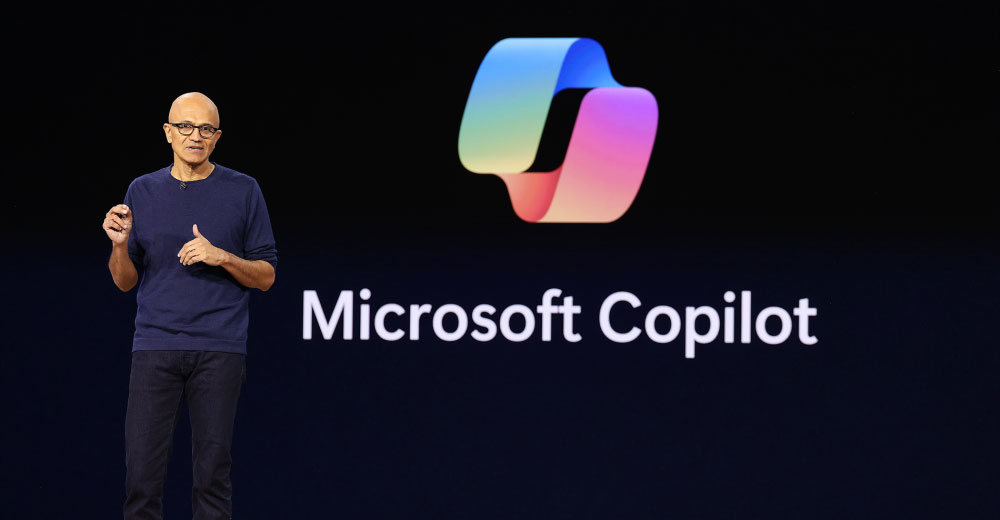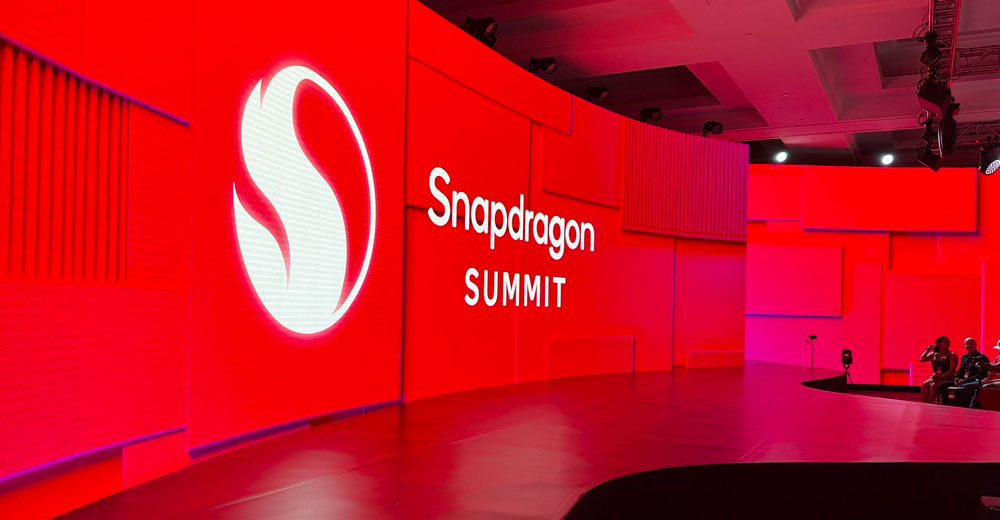If you read a report sponsored by the Flat Earth Society in which an independent research organization found the world to be flat, would you believe it? I’d guess not, but any reputable research organization hired to survey the society’s membership on the question would have to come to that conclusion — and I don’t think you could call the result dishonest.
I found a whole bunch of examples just like this the other day when I followed up on a Microsoft ad urging me to “get the facts” on the relative cost performance of Linux versus Windows. Not all of those reports, available on Microsoft’s Get the Facts site, are based on surveys, but they all illustrate the magical power of money and emotional commitment to prove all kinds of otherwise counter-intuitive things.
What’s interesting about these reports isn’t that they’re intended to deceive, but that the deception is carried out by carefully selecting, slanting and wordsmithing bits of truth to the point that you can rant about omissions and unfairness but not demonstrate a pattern of deliberate lies.
For example, there’s one report by IDC that almost perfectly illustrates the survey recipe for proving the Earth flat. This one, showing that Microsoft’s Windows 2000 has a lower five-year total cost of ownership (TCO) than Linux, starts — as usual — with the assumption that TCO is just a matter of opinion. If you can establish that point by assumption, then proving the improbable is just a matter of interviewing the right people and doing a little hand wave over any conflicts that come up.
Three-Step Technique
Now you might think getting the right people for this would be hard, but it isn’t. Just start with a list of people who have publicly declared deep personal commitments to Microsoft a few years ago, and you’ll find that those who are still in the same jobs tend to have just the opinions you want to hear.
There are some minor issues in applying the survey methodology to this particular case. It’s tricky, for example, to get reliable five-year cost data for Windows 2000 if you’re doing the survey early enough in 2002 that none of the respondents can have much more than 18 months of cost experience with it. That’s nothing, however, compared to the difficulty of getting accurate Linux cost data from them when only 40 percent of the companies interviewed admit to having Linux somewhere.
On the other hand, this is the kind of nitpicky thing most people don’t notice, so just keep muttering the liar’s mantra — “don’t ask, don’t tell” — and you’ll soon find that proving Linux more expensive than Windows isn’t any harder than proving that the world is flat.
The nicest thing about this basic three-step technique — first, assume quoted opinions define facts, then pick the right people to quote, and lastly wave your hands to make any uncomfortable realities disappear — is that it applies to everything from alien abduction to Windows security because there’s never any shortage of people eager to strengthen their own faith by voicing it in public. But don’t be misled into thinking that convenience makes this the only way, or even the best way, of honestly delivering dishonest results in service to a client.
There are at least two equally good or better ways of achieving the same results: omission or denigrative diminution, and sleight of word. Just remember that lying truthfully is like any other magic trick: You just have to believe with the audience that if they don’t see you doing it, then it isn’t happening.
Denigrative Diminution
In denigrative diminution, you pass off a true but negative statement about the stuff you want to hide as a discussion of it. The trick here is to create just enough of a negative perception to prevent your audience from wanting to explore an obviously unrewarding topic and then redirect attention elsewhere by quickly moving on to something positive. That way, the emotional response will block the intellectual response, and few people will notice that you skipped any discussion of the facts.
For example, here’s how the widely used Lauden and Lauden Management Information Systems textbook describes Unix: “an interactive, multiuser, multitasking operating system developed by Bell Laboratories in 1969 to help scientific researchers share data.” That’s actually wrong, but the magic trick isn’t in the errors — which are probably unintentional. It’s in silently dropping the next 34 years of continuous technical progress to enforce the impression of Unix as old, dated and geeky.
None of that’s true for Microsoft, of course, whose insanely great Windows 2000 is used, according to the same textbook, as an “operating system for high-performance desktop and laptop computers and for network servers.” Denigrative diminution can be very effective, but it’s easy to go too far. In this case, for example, the authors go a bit over the top by ignoring security in their multipage paean to Windows but adding that “Unix also poses some security problems, because multiple jobs and users can access the same file simultaneously” to their second and final paragraph on Unix.
It takes real chutzpah to do this, relying on the dog that doesn’t bark to denigrate Unix while hyping Windows XP in a college textbook. But sleight of word offers the ultimate professional challenge in the genre. What makes it so dangerous and exciting is that the artist pulls the audience into the act, showing them exactly what he’s doing, while he’s doing it, but in such a way that most of them will see something entirely different.
Questionable Numbers
For example, in another of those flat-Earth reports available from Microsoft’s Get the Facts site, Meta Group introduces its proof that Windows Server is cheaper than Linux at the database level with a couple of sentences that are absolute marvels of sleight of word construction:
“Windows or Unix costs a few hundred dollars more per server than a Linux distribution (Red Hat, SuSE). For example, Red Hat’s Advanced Server edition costs about $800-$2,500 per year (annual subscription license) depending on support service levels. Microsoft’s Windows 2000 Advanced Server edition costs about $4,000 upfront.”
As examples of the art, this is awesome. That linkage of Windows and Unix as comparables against Linux establishes authorial fairness, while the single word tacked on at the end, “upfront,” makes the absurd comparison between support fees and license fees completely defensible. That’s great stuff by itself, but the real genius lies in that phrase “a few hundred dollars.” After all, what’s a few hundred dollars in a systems decision? And what kind of curmudgeon would notice that “a few” ranges from 15 to 32 here?
The numbers are questionable too, of course, so next week I’m going to look at what Linux actually costs. But meanwhile I’d urge you to look at some of Microsoft’s flat-Earth findings. There are valuable lessons there, on quoting fools, assuming results, omitting data, or fine-tuning emotive content to mislead that you simply won’t find nicely collected in one place anywhere else.
Paul Murphy, aLinuxInsider columnist, wrote and published The Unix Guide toDefenestration. Murphy is a 20-year veteran of the IT consultingindustry, specializing in Unix and Unix-related management issues.



































I find it’s not really sensible to believe either side in this particular arena. After all both sides have a high emotional or financial investment and aren’t *that* interested in reality.
Agreed. But the problem is that there are many higher ups whom do believe these "studies". And if there’s no counter to their claims they become accepted as true amongst that crowd.
Agreed as well, but even moreso is that for us to really progress as an industry we MUST and I repeat we MUST start removing our emotions from the issue. Emotions have no place in making objective technology decisions. i.e. when you’re working on your car, you use the best tool for the job, right?
I believe Paul did a great job in objectifying many of the issues.
I would like to add one important food for thought… Use the best tool for the job. Also remove the damn ‘free’ element from the discussion because I hope we’re past that with Paul’s help (although there’re other costs that preclude Linux from truly being ‘free’ from an real IT budget’s perspective) I’m a proponent of both Linux and Windows in their particular places and they can co-exist just fine. As professionals shouldn’t we start act as professionals?
Paul, you get the big thumbs up. This is one of the first article’s seen that does more than just dismiss MS’s research as biased. It points out specific examples.
.
The part I think is most interesting is the 800-2000 dollars a year for Linux. That includes support. But! Most linux distributions have an open source license. Meaning, if you do buy an expensive distribution, you can legally copy it to your hearts delight. More than that, Gentoo, Debian, LFS, *BSD, Slackware are all non-commercial and FREE for everyone (there’s a million more, but those are the one’s off the top of my head). So when purchasing these, your costs come down to the cost of download it and burning it to a cd.
.
On top of that, you don’t need support licenses. Once they are up and running, you basically do not have to touch them. Many times, if properly set up, the only security patches you’d need to get are for network daemons. My desktop linux system sees uptimes of more than 6 months at a time. Servers with a UPS, sometimes more than 2 years (and they don’t need to go down because of the OS, but things like they have to be moved, etc. etc.).
.
The really sad part of this though is CEO’s and CTO’s generally take MS BS as truth. If people _really_ knew the truth, do you think we’d see ANYONE running IIS with SQL server and Exchange?
Just wanted to say thanks for a great article. Actually made me think… not about how MS spins the truth (I already knew that) but just learning some new terms for it!